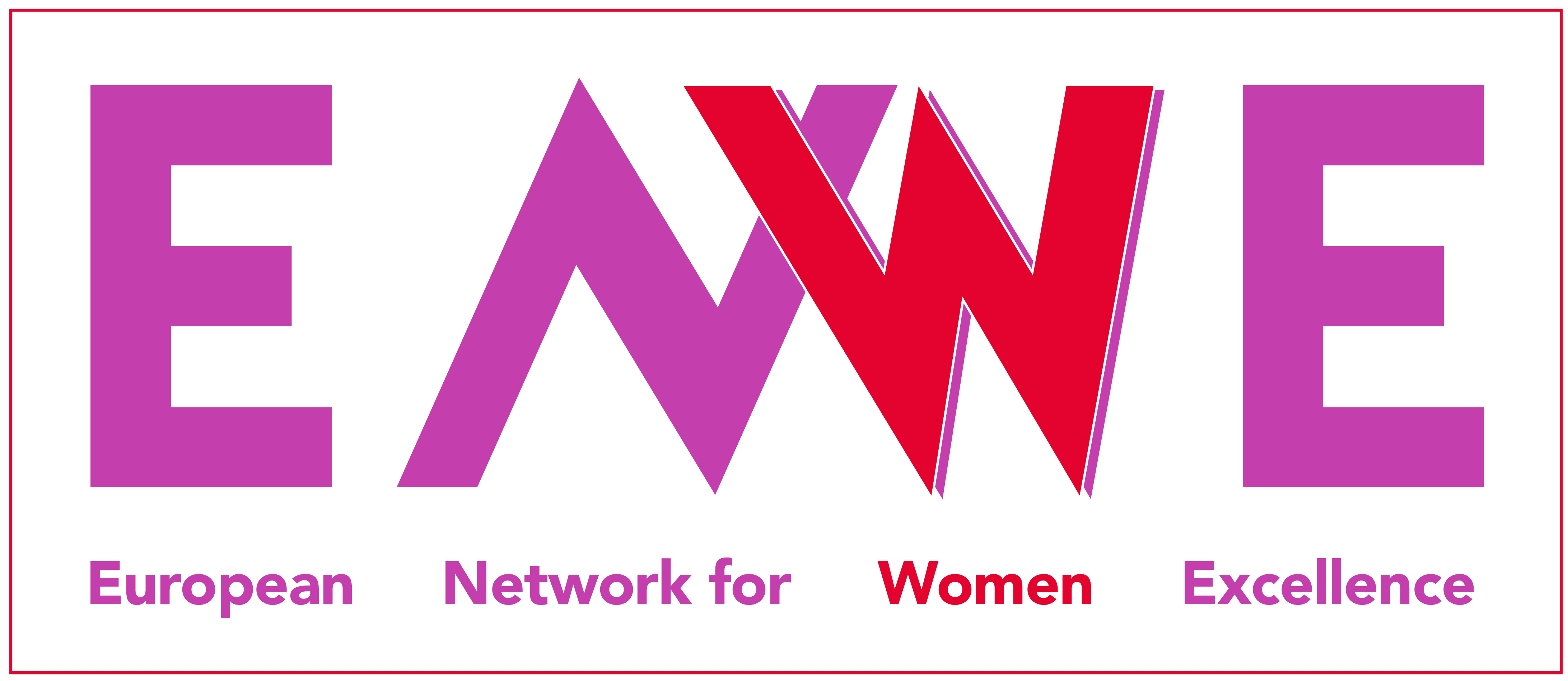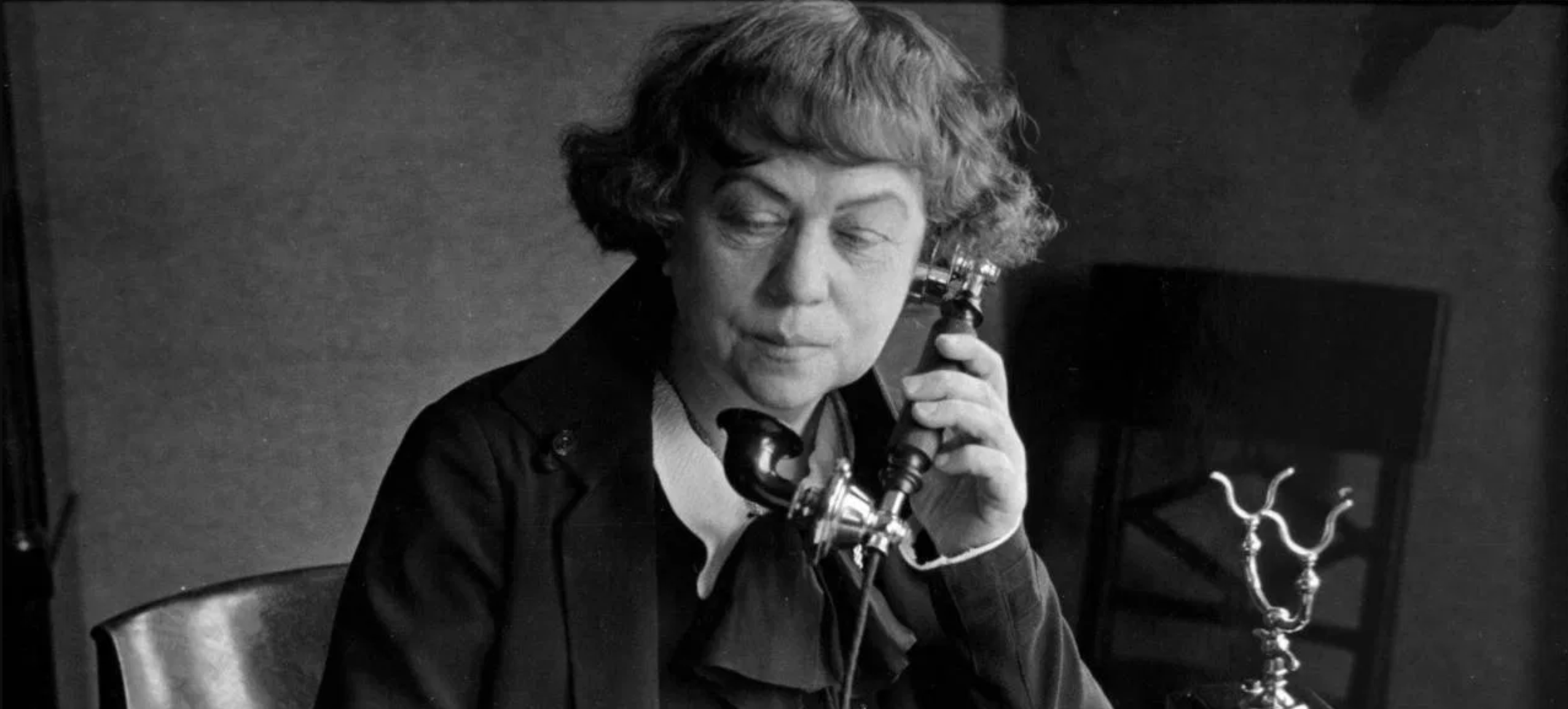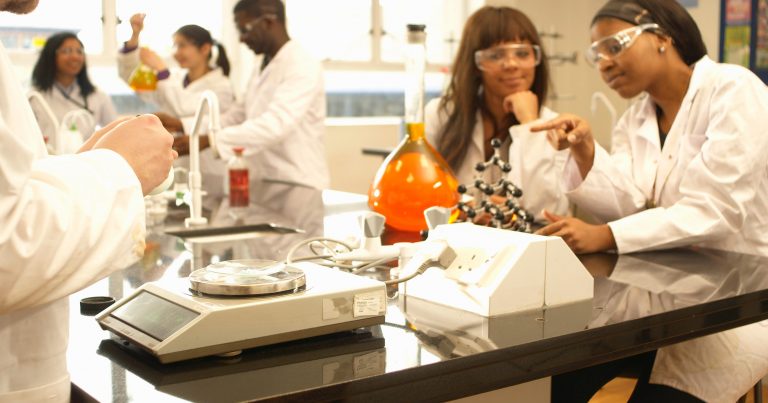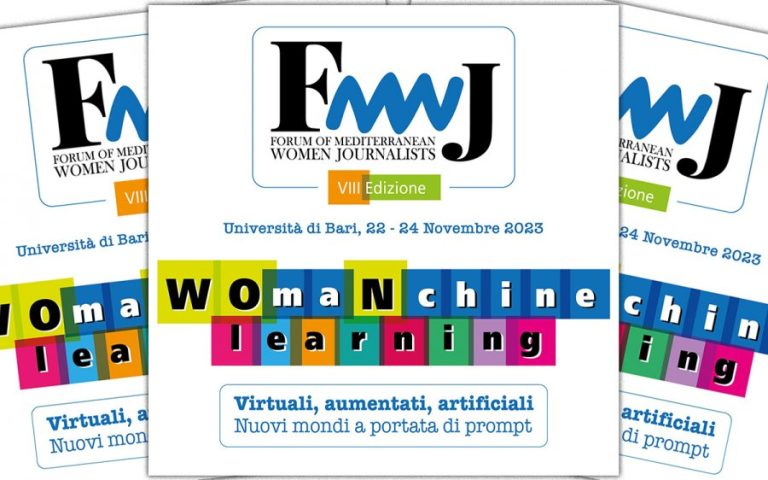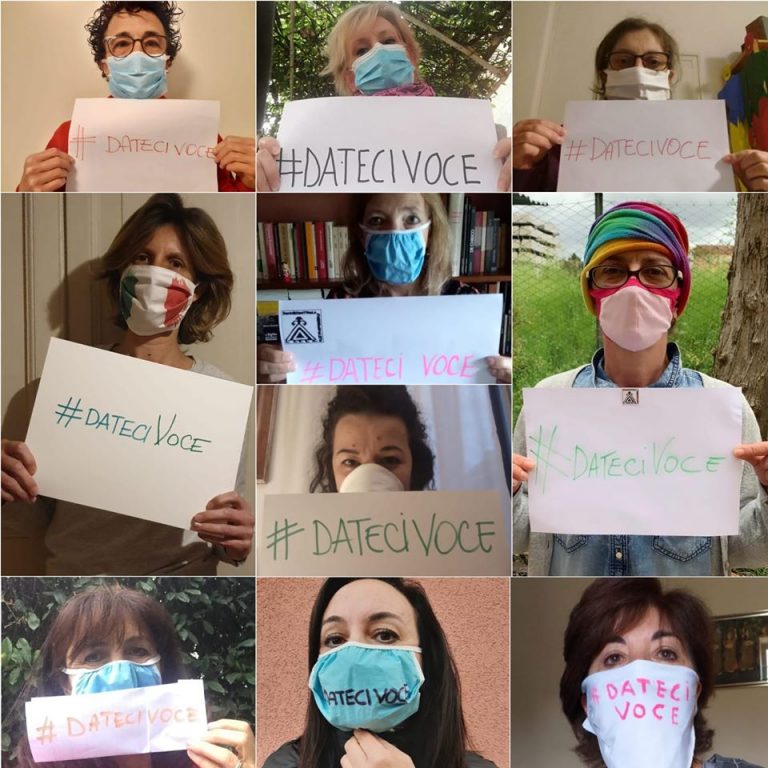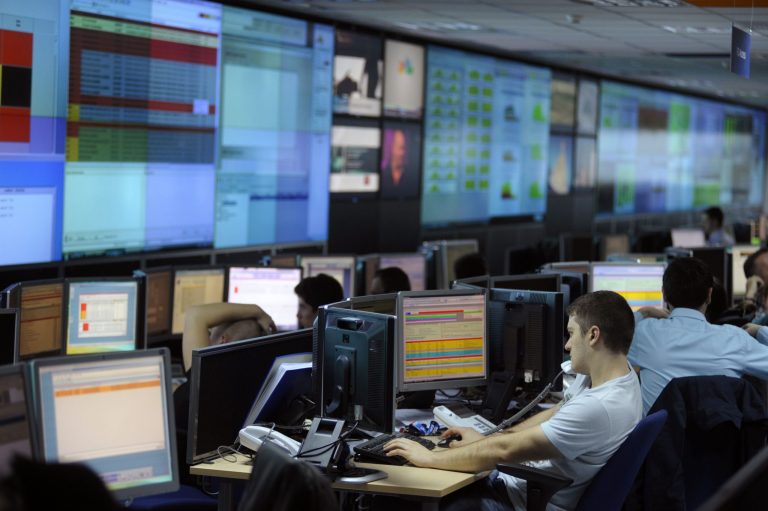The long trip of women ambassadors
by Caterina Caparello
“The physical constitution of women is not such as to enable them to bear the strain of continuous overwork in hot and unhealthy climates,” “a woman could not be permitted to remain in the Service if she married a foreigner.” These were just two of the justifications included in the internal rules of the British Foreign Office, the department responsible for the country’s foreign affairs, to limit access to women who wished to pursue a diplomatic career. A career that was initially forbidden to ladies. In Great Britain, in fact, women had to wait until 1946 to be admitted to the Diplomatic Service, while it was only from 1987 that women diplomats were allowed to marry: the first ambassador to be married was Veronica Sutherland, who was sent to Côte d’Ivoire.
To make amends and make up for lost time, year after year Great Britain is trying to increase the number of women diplomats in the most prestigious top positions, as evidenced by the recent appointment of Menna Rowlings as ambassador of the diplomatic office in Paris: 43 male colleagues succeeded each other before her. Her post is joined by the equally important appointments of Dame Karen Pierce in the United States, Deborah Bronnert in Russia, and Dame Caroline Wilson in China. Despite everything, however, in the face of the now numerous (over 60) women ambassadors available to Her Majesty, very few women have been seen in the British Government, if we exclude Margaret Beckett, at the head of the Foreign Office in the now distant 2006, Margaret Thatcher and Theresa May, the only two women prime ministers in the history of the entire country.
As for other countries, the first woman to hold the role of ambassador was the Russian revolutionary Alexandra Mikhailovna Kollontaj in 1943, eighty years ago now. But a career in foreign affairs, diplomacy, and legation has been universally and repeatedly (it still is, in many ways) considered the prerogative of men: the rare women in diplomacy began to appear in Bulgaria in 1920, in the United States in 1922, in Spain in 1933, Norway in 1939, France in 1945, and Italy in 1963.
Studies on US and European diplomatic parity
According to the book by Karin Aggestam and Ann E. Towns, Gendering Diplomacy and International Negotiation, in 2018, only 15% of ambassadors were women. The study by Laura Schiemichen of the College of Europe, titled Madam Ambassador: A Statistical Comparison of Female Ambassadors across the US, German, and EU Foreign Services published in 2019, instead shows how the United States Foreign Service reached 40% of female representation in 2017, the European Union 22% in 2014, and Germany only 14.5% in 2018. The study explains that women in the United States become ambassadors by earning the milestone through gradual career advancement, unlike men for whom, in most cases, political appointments are fundamental, with a 4:1 ratio. In Europe, two-thirds of women ambassadors had a working history with the European Commission and one-third with their own national service abroad.
Also for other prestigious institutions, 2019 was a turning point: it is the year in which the number of female Permanent Representatives at the UN was the highest ever, with 50 women ambassadors compared to around 15-20 in the 1980s and early 90s. A high number, but still too far below gender parity, considering that there are 193 members in total. A long way to go, but that, fortunately, has been undertaken.
The Italian delay
As already mentioned, women in Italy have had access to diplomatic careers rather late compared to other countries. It was 1963, and only four years later, in 1967, that just two actually made it into the ranks. Even today, the Italian women percentage is very low compared to men: women diplomats represent only 23% of the total. According to the data of the Ministry of Foreign Affairs and International Cooperation, updated in April 2020, the top ranks of Italian diplomacy report the presence of 4 women grade ambassadors, while in the other career grades there are 22 women plenipotentiary ministers, 52 women embassy councilors, 40 women legation councilors, and 114 women legation secretaries, for a total of 232 women out of 1,018 diplomats. Few. Very few. Among the four grade ambassadors are Elisabetta Belloni, now director general of the Department of Information Security, Teresa Castaldo, ambassador to France, Emanuela D’Alessandro, Diplomatic Advisor of the President of the Italian Republic, and Mariangela Zappia, ambassador to the United States.
The Association of Italian Diplomatic Women and Executives
If the goal is gender parity in diplomacy as well, countries have a specific task: to dispel the stereotypes that revolve around the figure of a woman who chooses this career, facilitating her choices. Since 2001, the Association of Italian Diplomatic Women and Managers has existed, of which about 70% of the women who make up the staff of the Italian Foreign Ministry belong. The association is concerned, among other things, with facilitating women engaged in these careers and a type of work that is not easy in many ways, with ensuring greater inclusiveness to modernize the organizational culture of the diplomatic administrations, and networking. The association has worked, for example, to define working hours that allow a private life and career balance, and the replacement of colleagues during maternity leaves, even abroad. And to help diplomats’ husbands find work in the country where the diplomatic wife is assigned. For the diplomats’ wives following their husbands, this has never been done: gender parity in this case again, but one-sided.
